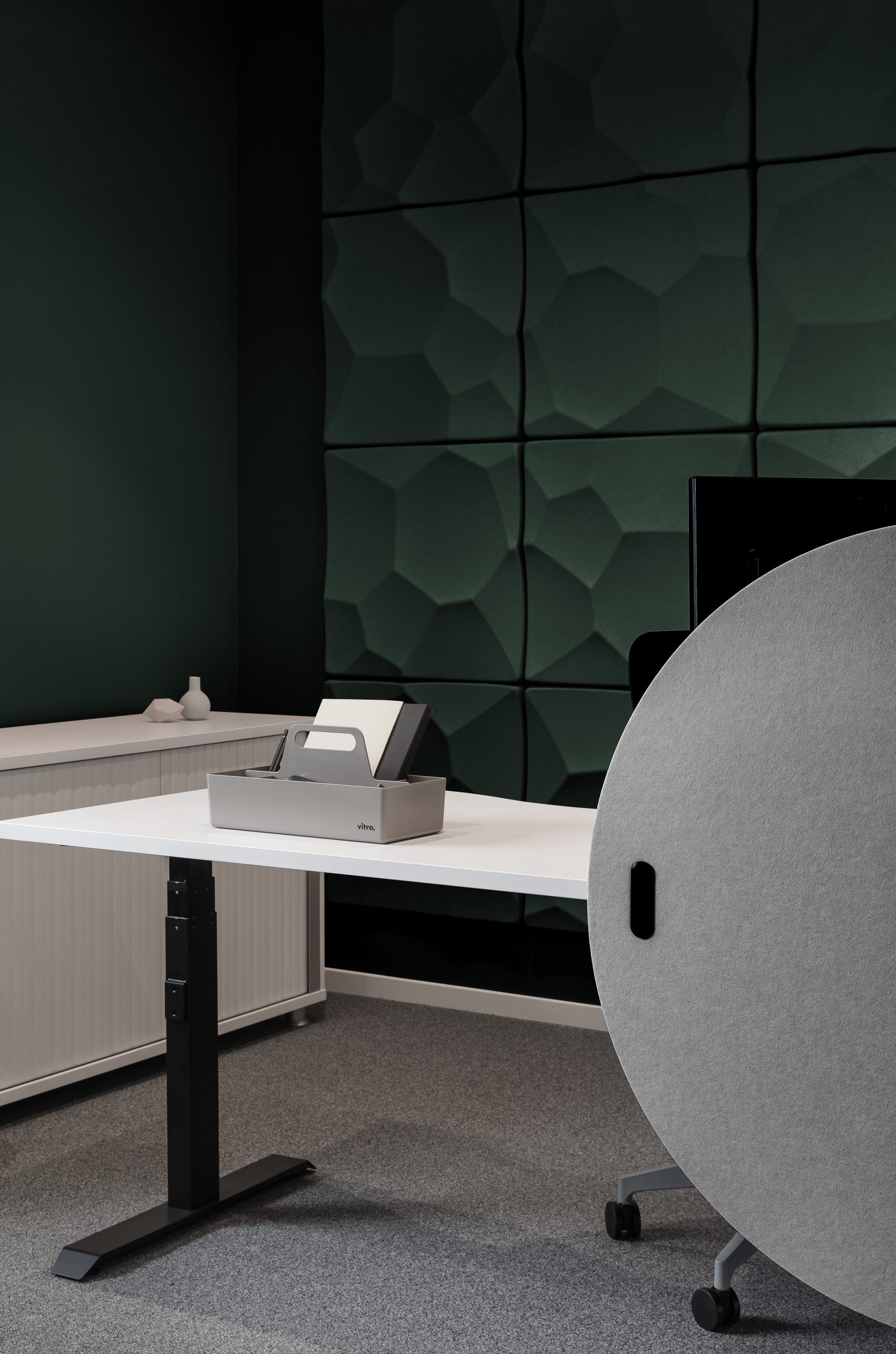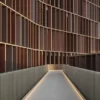The best discounts this week
Every week you can find the best discounts here.
When it comes to designing and setting up a recording studio, one of the most important factors to consider is the choice of acoustic materials. The acoustic properties of a room can have a huge impact on the sound quality of recordings, so it’s essential to choose materials that will help create a balanced and controlled acoustic environment. In this article, we’ll explore some of the best acoustic materials for recording studios.
1. Acoustic Panels
Acoustic panels are one of the most popular and effective solutions for treating sound in a recording studio. These panels are typically made from materials like fiberglass or foam, and are designed to absorb sound waves, reducing reflections and improving the overall acoustics of the room. Acoustic panels come in a variety of sizes, shapes, and colors, making them a versatile option for any studio space.
2. Bass Traps
Bass traps are another essential acoustic material for recording studios, especially for controlling low-frequency sound waves. These traps are designed to absorb bass frequencies that can cause boomy or muddy recordings. Bass traps are typically placed in the corners of a room, where low-frequency sound waves tend to accumulate. They come in various shapes and sizes, and can be made from materials like foam, fiberglass, or mineral wool.
3. Diffusers
Diffusers are acoustic panels that are designed to scatter sound waves, rather than absorb them. This helps to create a more balanced and natural sound in a recording studio, by reducing the buildup of reflections and creating a more even distribution of sound throughout the room. Diffusers come in a variety of shapes and designs, and can be made from materials like wood, foam, or plastic.
4. Acoustic Ceiling Tiles
Acoustic ceiling tiles are a great option for controlling sound reflections in a recording studio. These tiles are designed to absorb sound waves that bounce off the ceiling, helping to reduce echo and improve the overall acoustics of the room. Acoustic ceiling tiles are available in a variety of materials, including foam, fiberglass, and mineral wool, and can be easily installed in a drop ceiling grid.
5. Acoustic Curtains
Acoustic curtains are a versatile and effective solution for controlling sound in a recording studio. These curtains are made from heavy, sound-absorbing materials and can be hung on walls or windows to help reduce reflections and improve the acoustics of the room. Acoustic curtains are available in a variety of colors and styles, making them a practical and stylish addition to any studio space.
Overall, choosing the right acoustic materials for your recording studio is essential for creating a professional and high-quality sound environment. By incorporating a combination of acoustic panels, bass traps, diffusers, ceiling tiles, and curtains, you can effectively control sound reflections, reduce echo, and create a balanced and controlled acoustic space for recording and mixing music.






